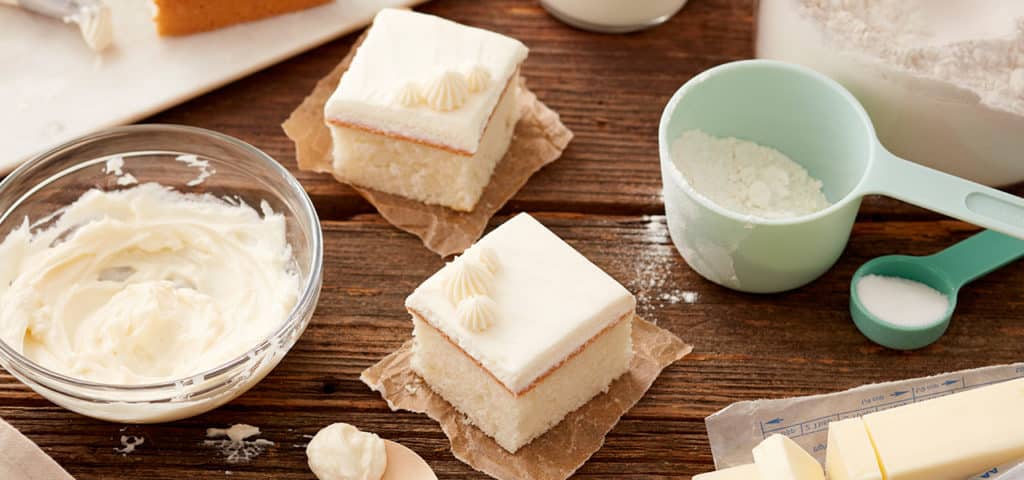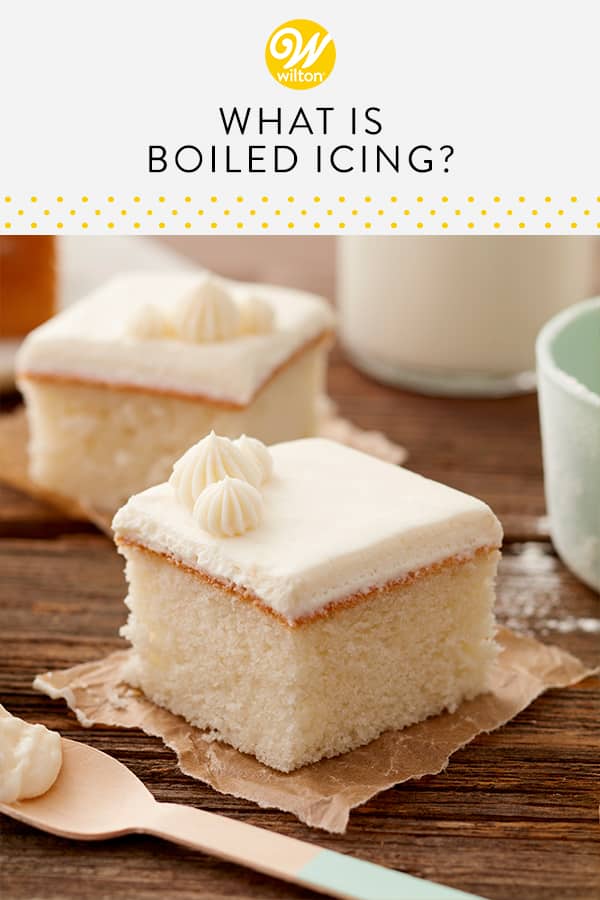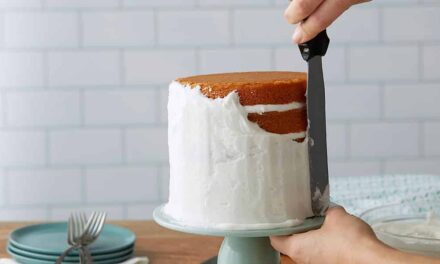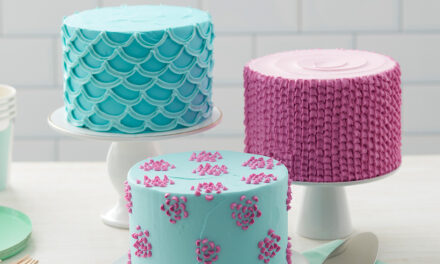If you’re looking for a not-so-sweet alternative to traditional icing, try your hand at ermine frosting. This French-inspired icing is one of the classic early 20th-century recipes being lovingly rediscovered by bakers who want to add a deliciously nostalgic je ne sais quoi to their iced treats. Firm enough to hold its shape when used with a decorating bag and tip, it also makes a tasty, airy filling.
Smooth, rich and with a flavor similar to cream cheese frosting (minus the cream cheese), ermine frosting is as firm as classic buttercream but much less sweet, with a great texture and taste that works best with red velvet, butter, chocolate or other richly flavored cakes. If a light bite is more your speed, try it on white cake for a uniquely simple flavor combination.
No matter what you call it (there are dozens of names – boiled milk frosting, ermine buttercream, roux frosting, flour buttercream, among others), making a next-level frosting is more successful with experience, so here are a few of our hints and hacks for you to consider before you get your saucepan out:
- Our Ermine Frosting recipe makes about 2 fluffy cups of icing, enough to cover a two layer 8-inch round cake
- Cook your milk and flour roux to a thick consistency; to test done-ness, run a spoon through the middle of the pan—mixture should stay separate for a beat before slowly merging back together
- Take care to seal the above mixture with plastic wrap before it cools to prevent a skin from forming; make sure the wrap touches the entire surface of mixture
- Make sure above mixture is cooled to room temperature before blending in butter; you can speed it up by putting it in the fridge, but don’t forget to take it out
- Store any excess frosting in the fridge and rewhip before using
Traditional boiled icing should not be confused with Homemade Marshmallow Icing, which is also fluffy and delicious but totally different!
Ready to roux? Let us know how your treats turned out in the comments below or tag us on Instagram @Wiltoncakes.





